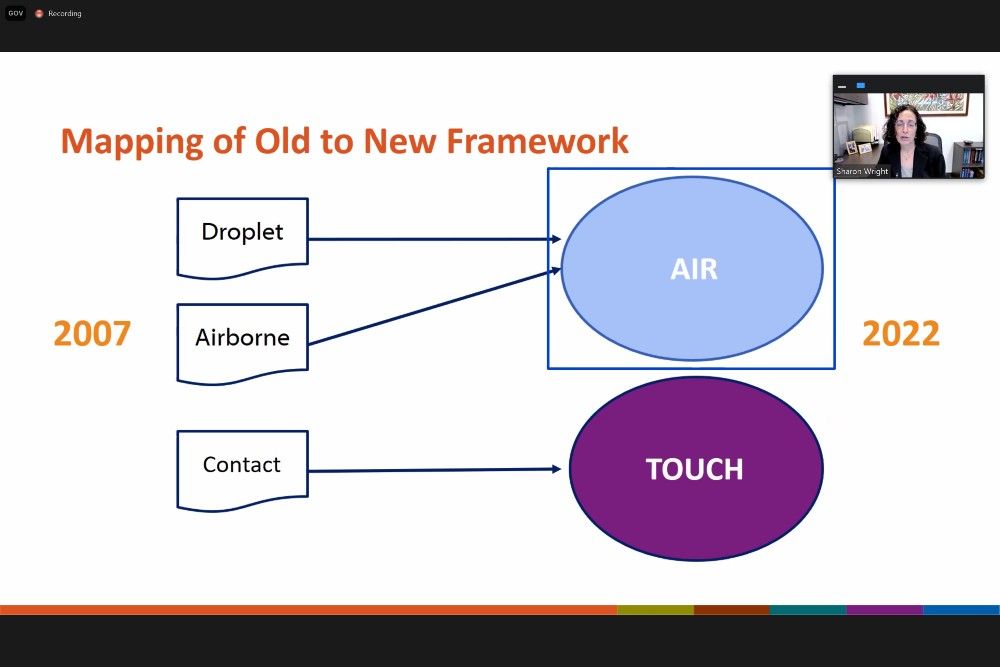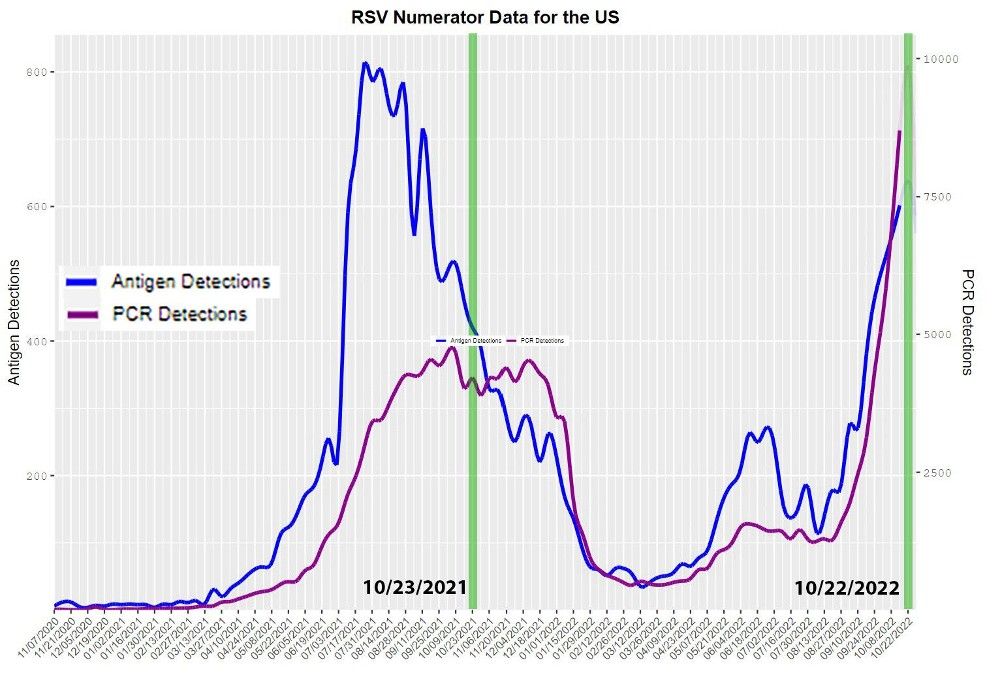Respiratory Spread and the Flawed Concept of Immunological Debt: A New Understanding
CDC discusses potential proposals to redefine spread and to produce uniform guidelines across different types of facilities because public health interventions do not cause immunological debt but instead may prevent immunocompromising infections.
Kevin Kavanagh, MD, MS,

On Nov. 3, 2022, the Centers for Disease Control and Prevention (CDC) held their Healthcare Infection Control Practices Advisory Committee (HICPAC) meeting, which, although short, had extremely insightful discussion on lessons learned from the COVID-19 pandemic and discussions regarding a possible paradigm shift in the next generation of disease prevention recommendations.
Michael Bell, MD, from the CDC, presented an update regarding infections of concern. The first was monkeypox which is trending downward with good vaccine uptake in target populations. The second was Ebola which is spreading in Uganda. So far at least 150 cases and over 1000 people are being tracked. It was stressed that similar to SARS-CoV-2, it is important to recognize the infected patients before they enter a facility.
As discussed in a 2019 article in Infection Control Today® (ICT®), the strategy of admission surveillance should be expanded to methicillin-resistant Staphylococcus aureus MRSA. Both the United Kingdom and the United States Veterans Healthcare Administration have had significant success in controlling hospital-onset MRSA infections using this intervention.
Not discussed was the record number of respiratory syncytial virus (RSV) infections which are currently “packing” our pediatric hospitals. Social media is filled with the discussion of “immunity debt,” which I must admit I have before never heard of. I feel there is not a well-established scientific basis for this concept. The narrative is that this debt occurred because schools have been closed, immunity dropped, and now we have more RSV infections. This is wrong on two accounts. First, schools were not closed en masse last year. For example, according to the US Department of Education on the Week of Nov 21, 2021, there were 47.2 million students enrolled in in-person districts, 1.5 million in hybrid districts, and only 53.7 thousand in remote districts. In my state of Kentucky, no students were enrolled in remote districts. Second, so far this year we have had fewer—not more—RSV infections (see Figure 1). Thus, the RSV infections filling hospitals are not more common, but more severe.
One hypothesis to explain this is the possibility that SARS-CoV-2 causes a persistent immunological dysfunction in infected individuals. Associated immunosuppression is commonly seen post measles infection, and immune dysfunction has been documented to “(persist) for 8 months following mild to moderate SARS-CoV-2 infection.” By February 2022, the CDC estimated that 75% of children had been infected by SARS-CoV-2.
With the United States facing a triple threat of SARS-CoV-2, RSV, and seasonal influenza this year, the CDC has applied lessons learned during the COVID-19 pandemic to optimize strategies to prevent spread. The report from the CDC’s Isolation Precautions Guidelines Workgroup, discussed draft proposals which outlined a new approach for disease prevention. (See Figure 2.) Sharon Wright, MD, MPH, from HICPAC, explained the old 2007 framework which had 3 transmission categories: transmission by droplet, airborne, and contact or touch. The 2022 proposed framework has 2 modes of transmission: air and touch. Transmission by air includes inhalation along with splash and spray.
Figure 2: Slide from CDC’s Nov. 3, 2022, HICPAC Presentation. Draft proposals which outlined a new approach for disease prevention.

ICT® explained the old dichotomy of approaches in respiratory pathogen spread which was created with the classification of droplet and airborne spread. When, in reality, airborne particles have a continuum of sizes and even talking can aerosolize infectious particles.
It was also proposed at the Isolation Precautions Guidelines Workgroup, to condense transmission guidelines and uniformly apply many guidelines to all health care settings, rather than facility specific; for example, separate guidelines for acute care facilities, nursing homes, behavioral health, pediatric facilities, etc.
At the meeting Michael Lin, MD, MPH, from HICPAC, also presented data and a proposed framework for preventing transmission by airborne pathogens. There were no randomized trials, but 5 observational studies which favored the use of N95 masks with the prevention of SARS-CoV-2. The use of N95 masks in the SARS-CoV-2 pandemic has not been routinely followed by many facilities, but it has been evident for some time that this added protection is needed for staff and patients.
The proposed redefinition of spread, uniform application of guidelines across different types of facilities, and the recommended use of N95 masks to stop the spread of SARS-CoV-2, if adopted, could provide revolutionary and needed changes in our approach to infectious disease, along potentially transforming our approach to the SARS-CoV-2 pandemic.
Show, Tell, Teach: Elevating EVS Training Through Cognitive Science and Performance Coaching
April 25th 2025Training EVS workers for hygiene excellence demands more than manuals—it requires active engagement, motor skills coaching, and teach-back techniques to reduce HAIs and improve patient outcomes.
The Rise of Disposable Products in Health Care Cleaning and Linens
April 25th 2025Health care-associated infections are driving a shift toward disposable microfiber cloths, mop pads, and curtains—offering infection prevention, regulatory compliance, and operational efficiency in one-time-use solutions.
Phage Therapy’s Future: Tackling Antimicrobial Resistance With Precision Viruses
April 24th 2025Bacteriophage therapy presents a promising alternative to antibiotics, especially as antimicrobial resistance continues to increase. Dr. Ran Nir-Paz discusses its potential, challenges, and future applications in this technology.
